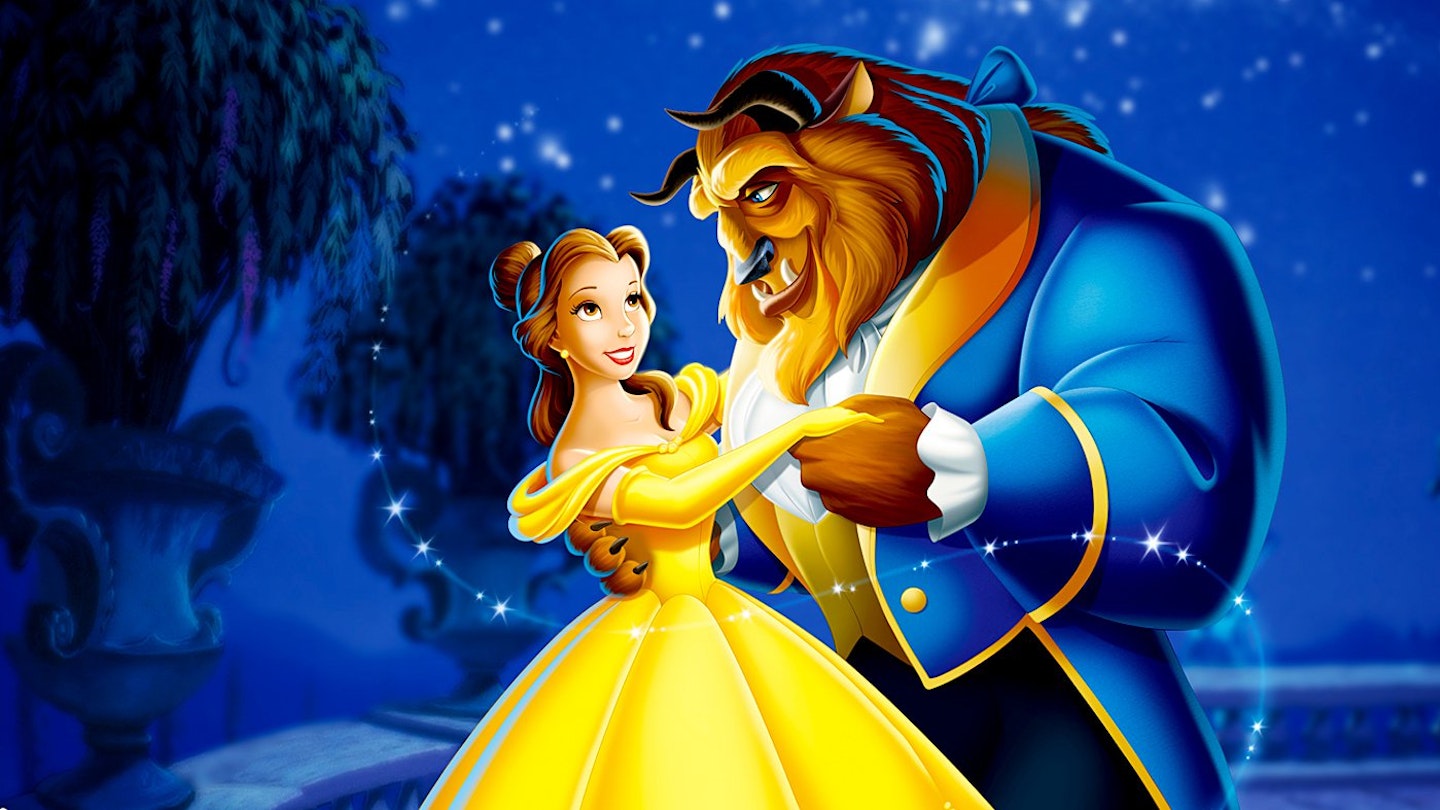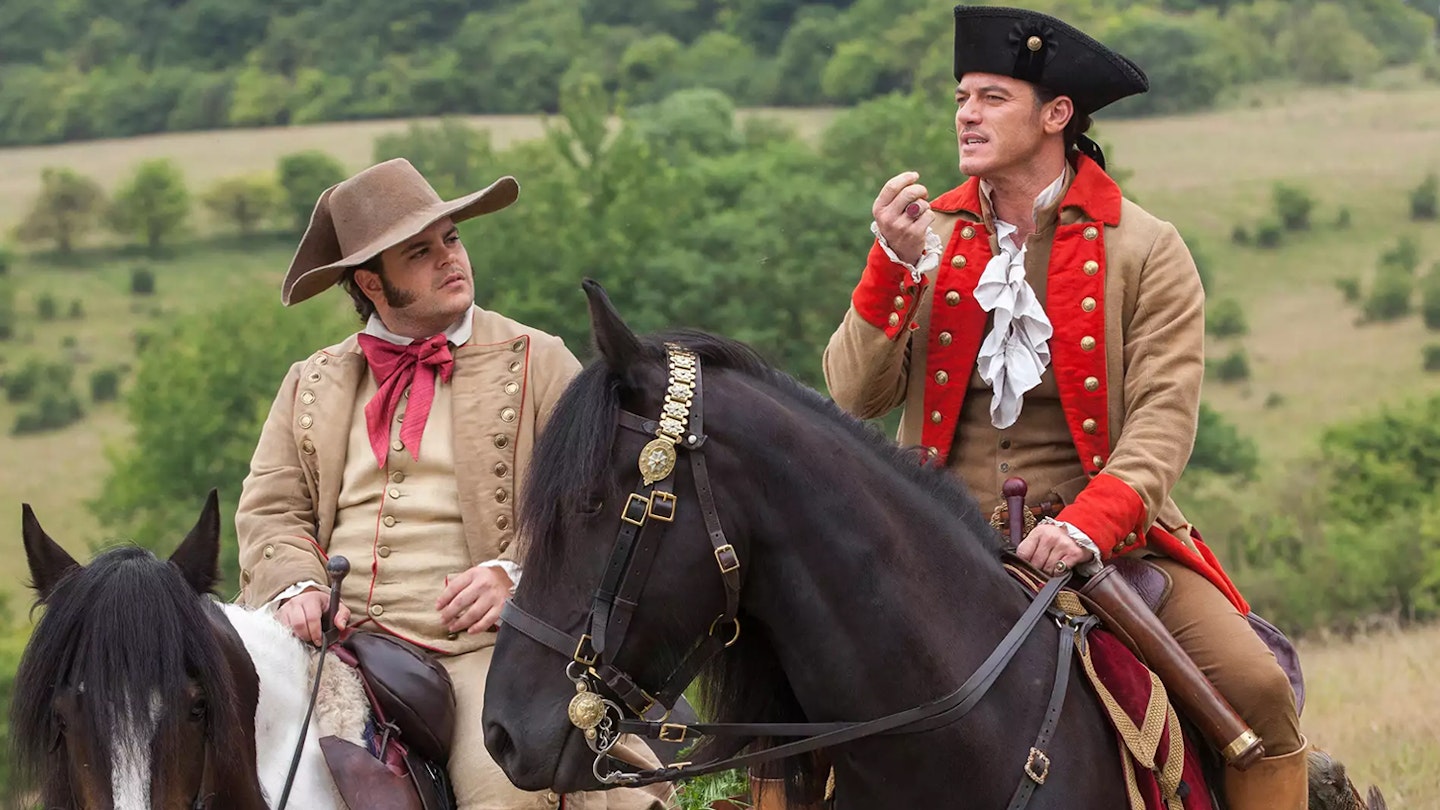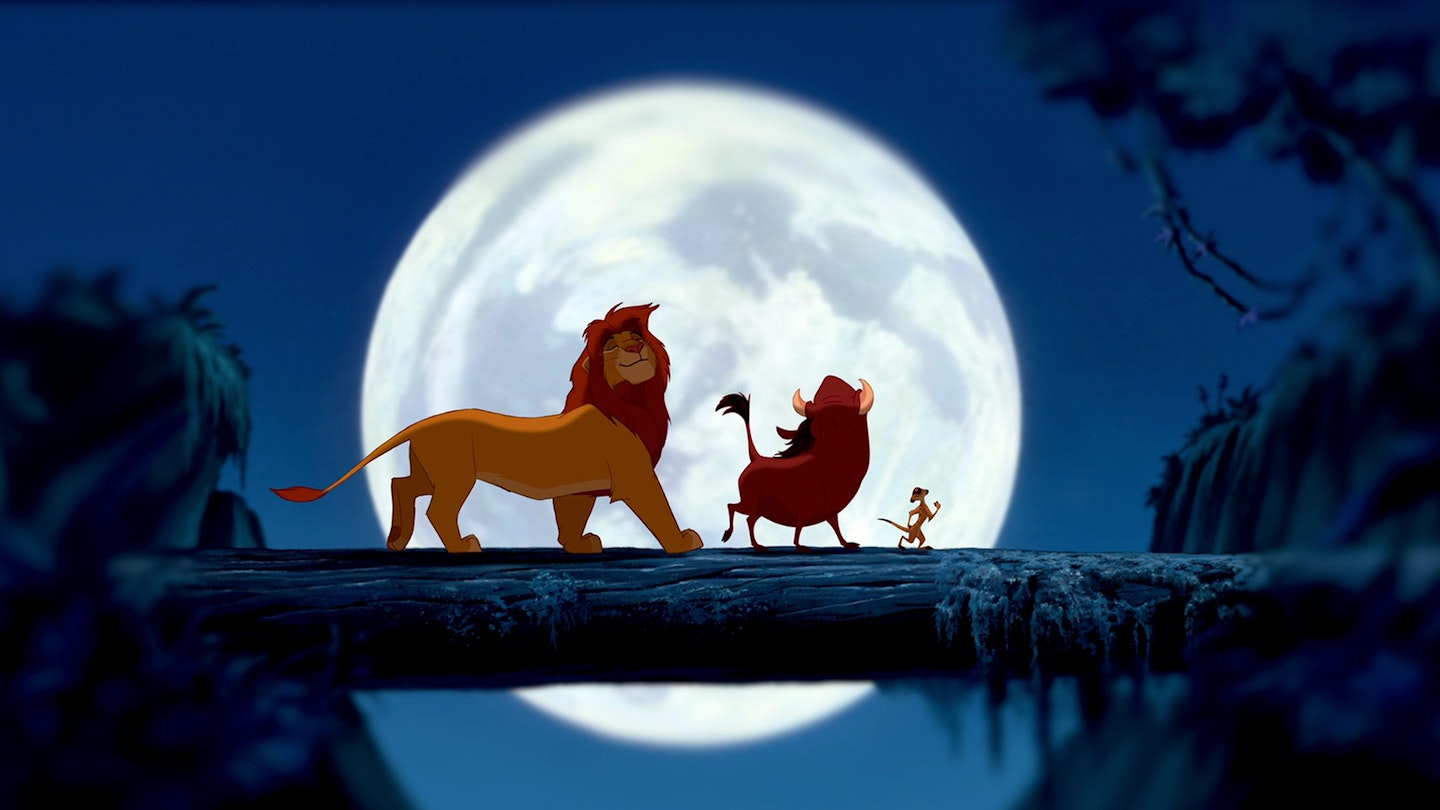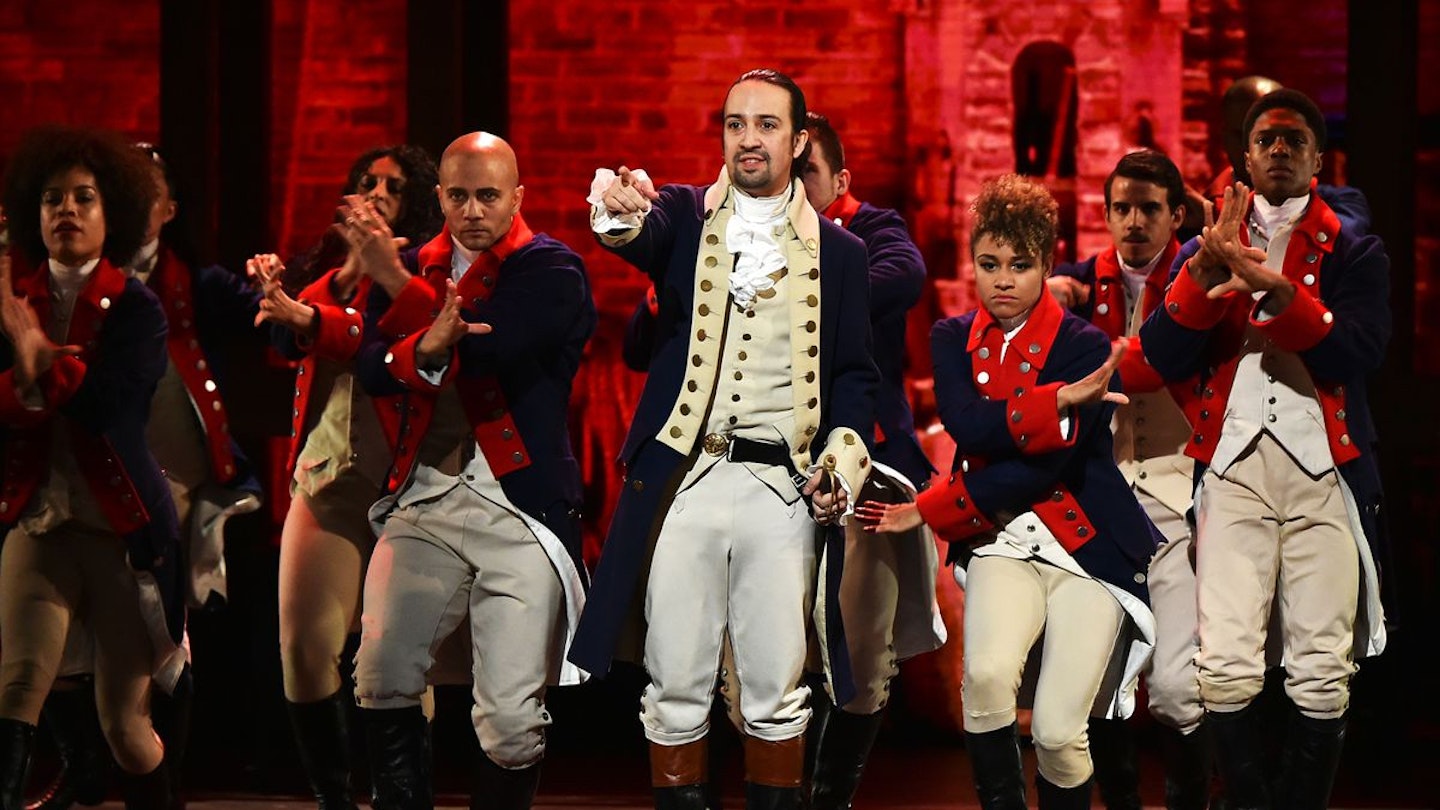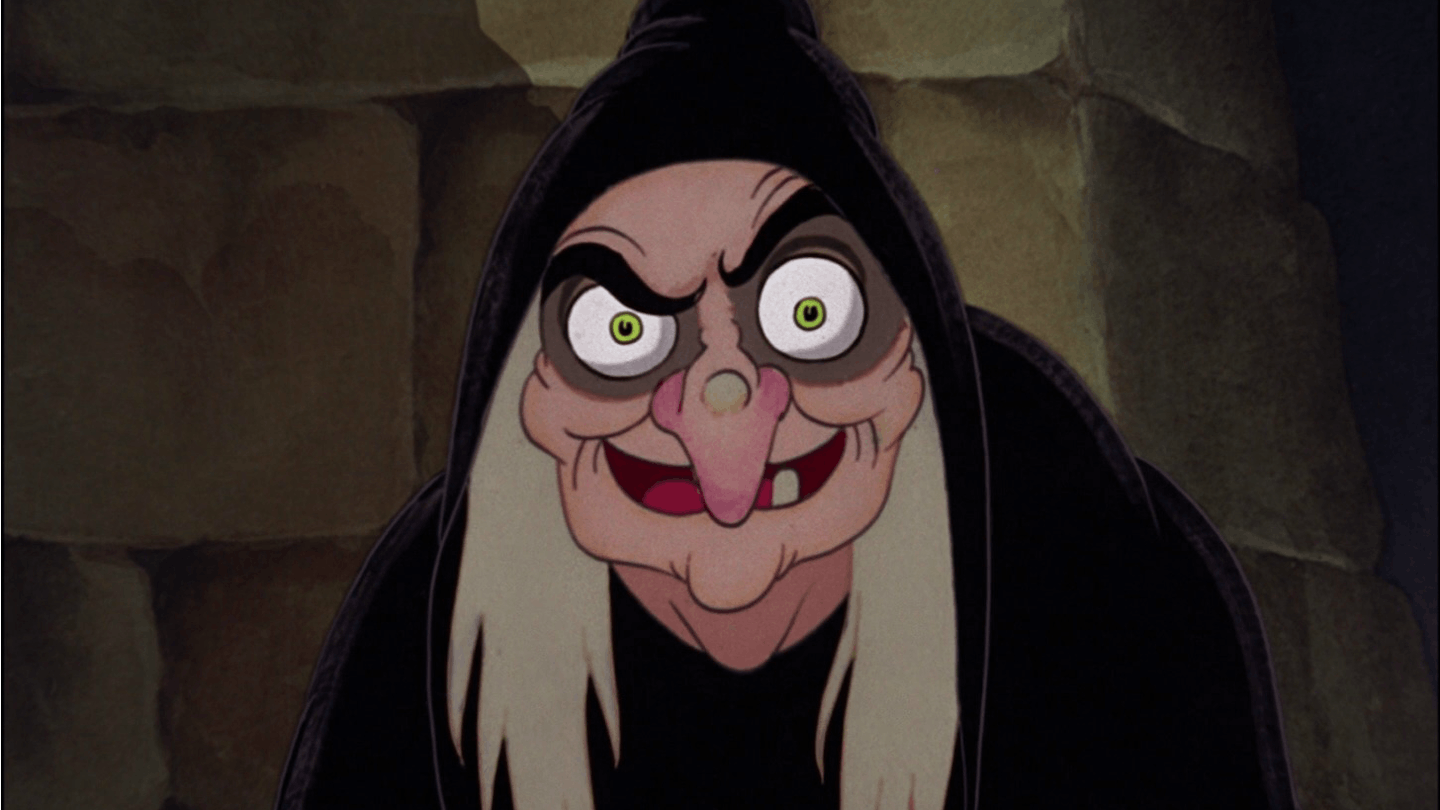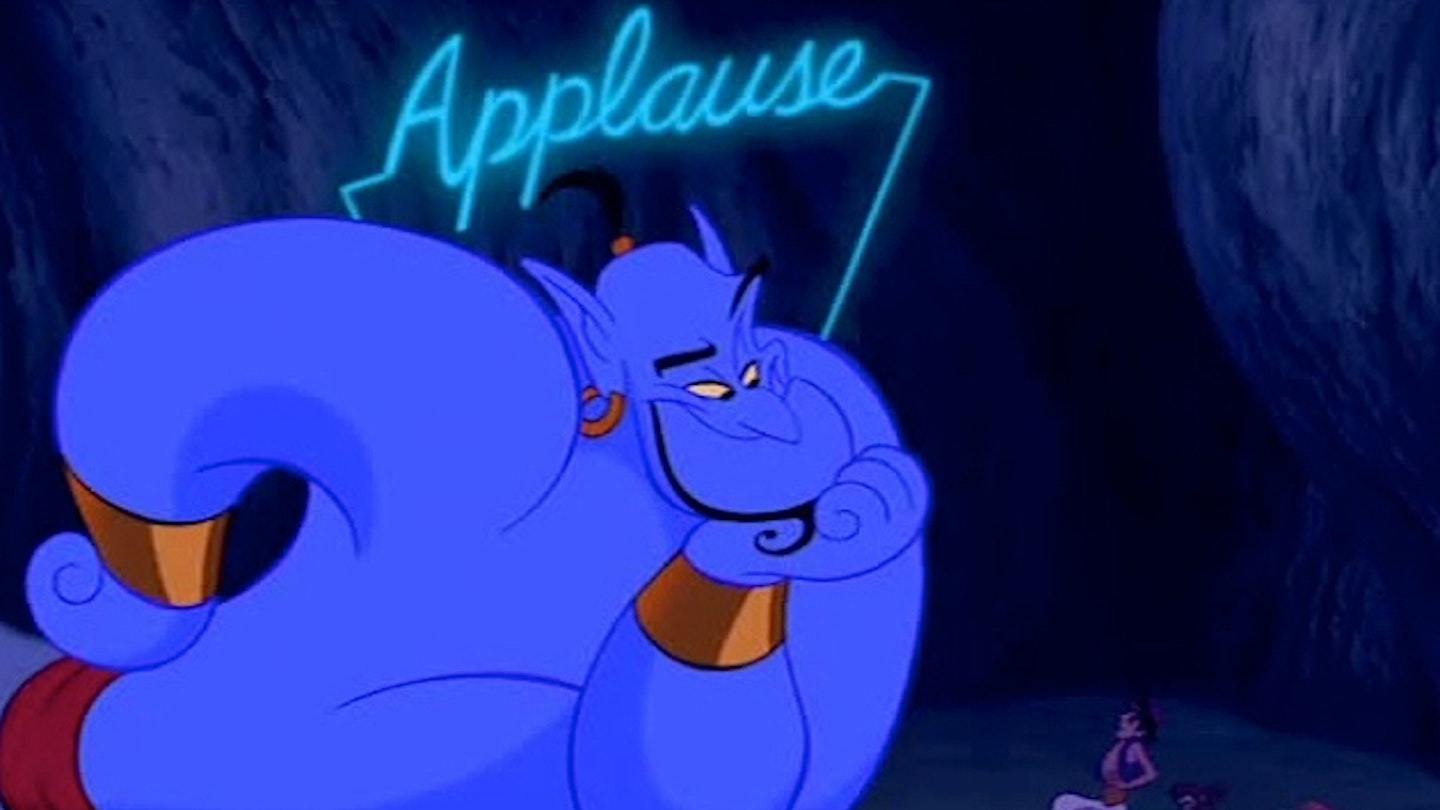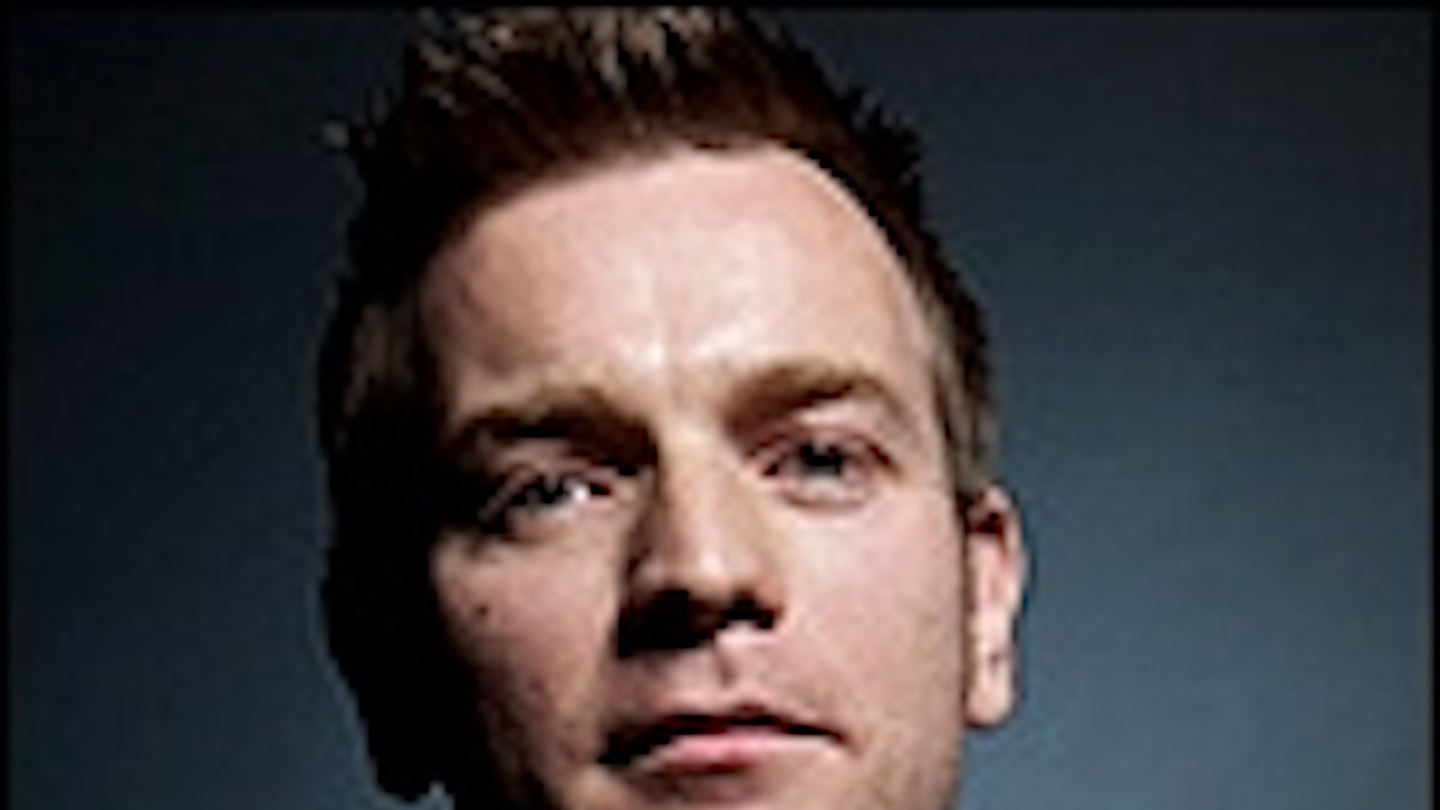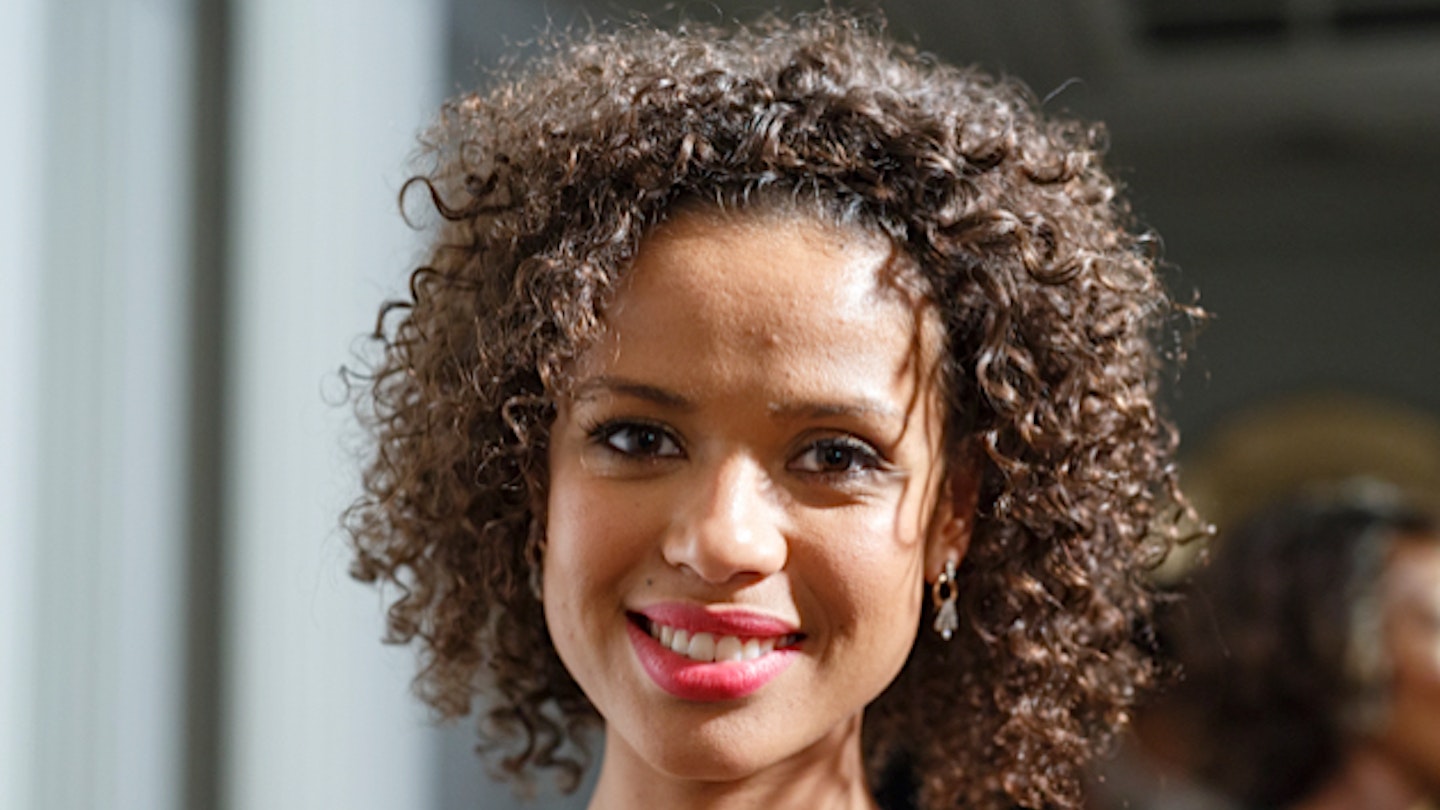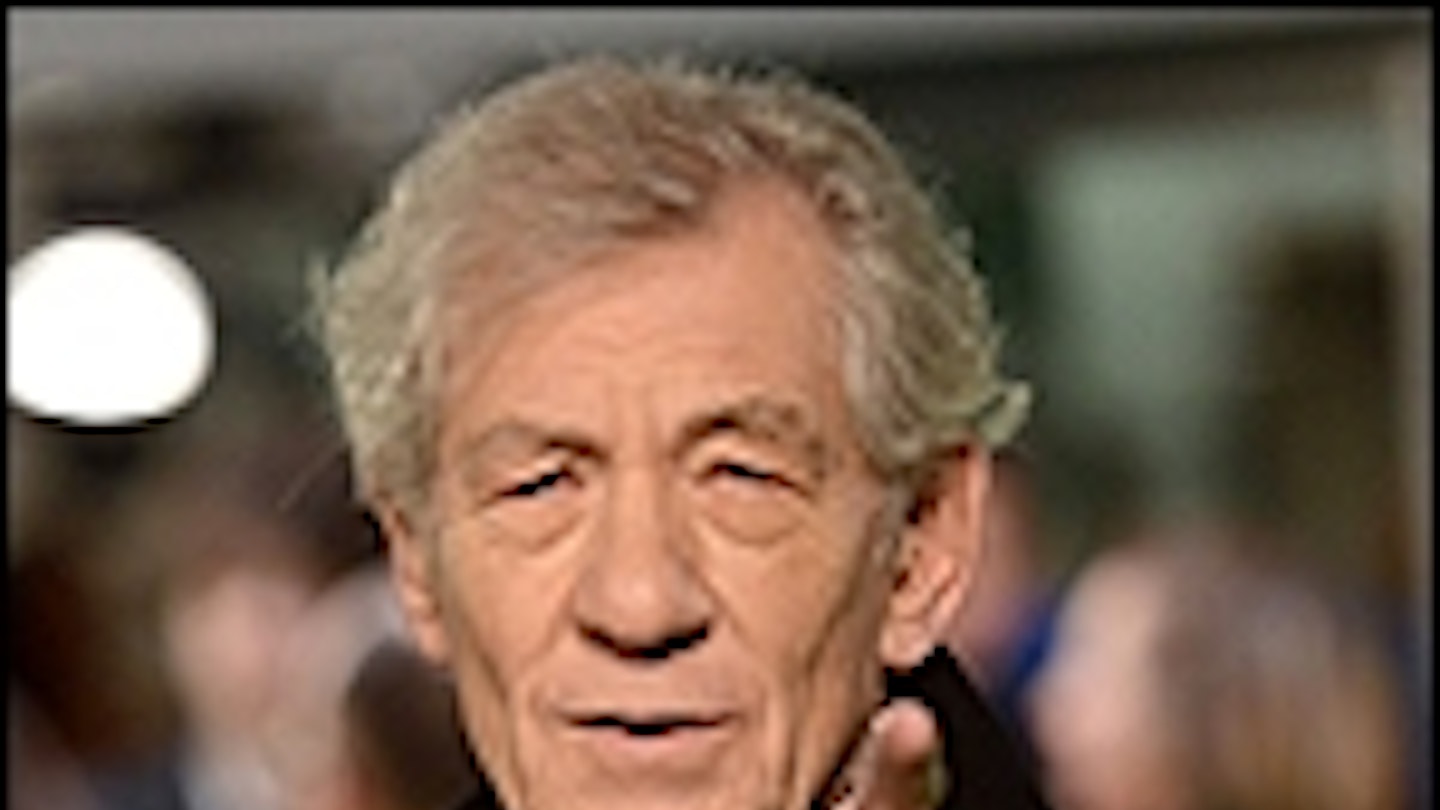Back in October 1991, New York Film Festival audiences were treated to something rather different. For the first time, Disney screened an unfinished version of its latest project, Beauty And The Beast. This, remember, was in the days before DVD "making of" material, when even film students were limited in their access to films as works-in-progress. So the print that audience saw - which is one of many extras on the two-disc Collectorsí Edition DVD - was a revelation: a mixture of polished animation, black-and-white basics and inspirational sketches.
But even more eye-opening was the film itself. Here was a musical that heralded Disney's return to classic form, and that went on to become the first (and, thanks to the new category, last) animated film to be nominated for an Academy Award in the Best Film category. The standing ovation that Beauty And The Beast received at the New York Film Festival, and the critical acclaim that followed, was just the start of the film's success story.
The top brass at Disney knew full-well the statement they were making with the festival screening. Since Walt's death in 1966, the standard-setting animation arm had lost its way. The magic was kept alive through re-releases of films like Bambi and Snow White And The Seven Dwarfs, but more recent efforts - from the bland The Fox And The Hound to the forgettable The Black Cauldron - weren't doing them any favours. What's more, the saccharine, kid-friendly approach of Disney was out of favour in a cinema world where, even in U-certificate films, swearing, single-parented kids befriended aliens (E.T.), and heroes had to confront the fact their father murdered half the universe (The Empire Strikes Back).
Finally, in 1989, the studio got back on track with The Little Mermaid. It had the flavour of much-loved, old-style Disney - memorable musical numbers, loveable animal sidekicks - but a more up-to-date approach to storytelling. If this was a gentle hint that Disney was once more a force to be reckoned with, then Beauty And The Beast was a sirens-blaring, flashing-lights announcement that the studio was not only back, but heading for the big league. This was when it suddenly became fashionable to call such movies "animated features" rather than "cartoons" - and this particular one was to be geared as much to the adult audience as the kids they would be accompanying. The kid-free screening at the New York Film Festival - and the unfinished state in which the film was screened - made this grown-up approach very clear. As did the content. The visual references alone - from the Battleship Potemkin pram running down the stairs in the final castle battle, to the Jackie Gleason-style Honeymooners facial expression of the Beast as Belle turns down his invitation to dinner - were for the buffs, not the under-eights.
The key to making this new version of Beauty And The Beast work lay in the way the makers approached the fairy tale source material. Walt Disney had tried to adapt the story twice himself (once in the 1930s and again in the 1950s), but had stumbled over how to expand it to feature length. This time, the studio decided to engage a scriptwriter (Linda Woolverton) who was a novice to the animated world, but had a very '90s take on the story. For the Beauty who would learn to love the Beast, Woolverton created Belle - a feminist heroine who was more rounded than previous Disney characters. The writer also poured the foibles of her ex-boyfriends into the villain, the vain Gaston, who tries to woo Belle for himself and destroy the Beast. The results were hilarious. To Woolverton, the characters were written as real people, not cartoons.
Howard Ashman and Alan Menken, the musical team who had been re-engaged after their success on The Little Mermaid, had no problem finding songs for such characters. But these weren't just songs for the sake of it. Each was there to move the story on, either physically bridging gaps during which the characters travel between locations (Kill The Beast), or fleshing out the character without slowing up the narrative (Gaston). Ashman and Menken were at first worried that their approach might be too theatrical for Disney. The irony is that not only was their first attempt (Belle's opening number) adored by the team working on the project, but the theatrical approach paid off when Beauty And The Beast became Disney's first Broadway stage musical and paved the way for a whole new division at the studio. Ashman's energy was astounding, considering he was dying of AIDS even as they recorded the final soundtrack. In the end, despite being bed-ridden in New York, he stayed on the phone as the final songs were recorded, directing operations. The film is dedicated to him.
Humour also played a major part in the filmís success - visual gags for the kids and sly asides for the adults were another Disney first. Without this testing ground, Toy Story wouldn't have been half as funny. Beauty And The Beast also paved the way for the new digital style of animation. Important sequences, such as the ballroom dance scene, were handed over to the digital division to give the movie a 3-D life and depth. A process which was revisited and revamped in 2001 for the Imax-bound Special Edition; included on both versions here, along with delightful new musical number, Human Again.
But what appeals most to film fans is that those who made it clearly loved movies. The film references - and there are many - are not random. They reference films, or moments in films, that are truly great. Cocteau's visual masterpiece, La Belle et La Béte, is a clear influence throughout, but throw in a bit of Busby Berkeley choreography (for tableware, of course!), a Gone With The Wind backdrop and even a nod to Bambi, and you can be sure almost every member of the audience will have picked up on at least one.
